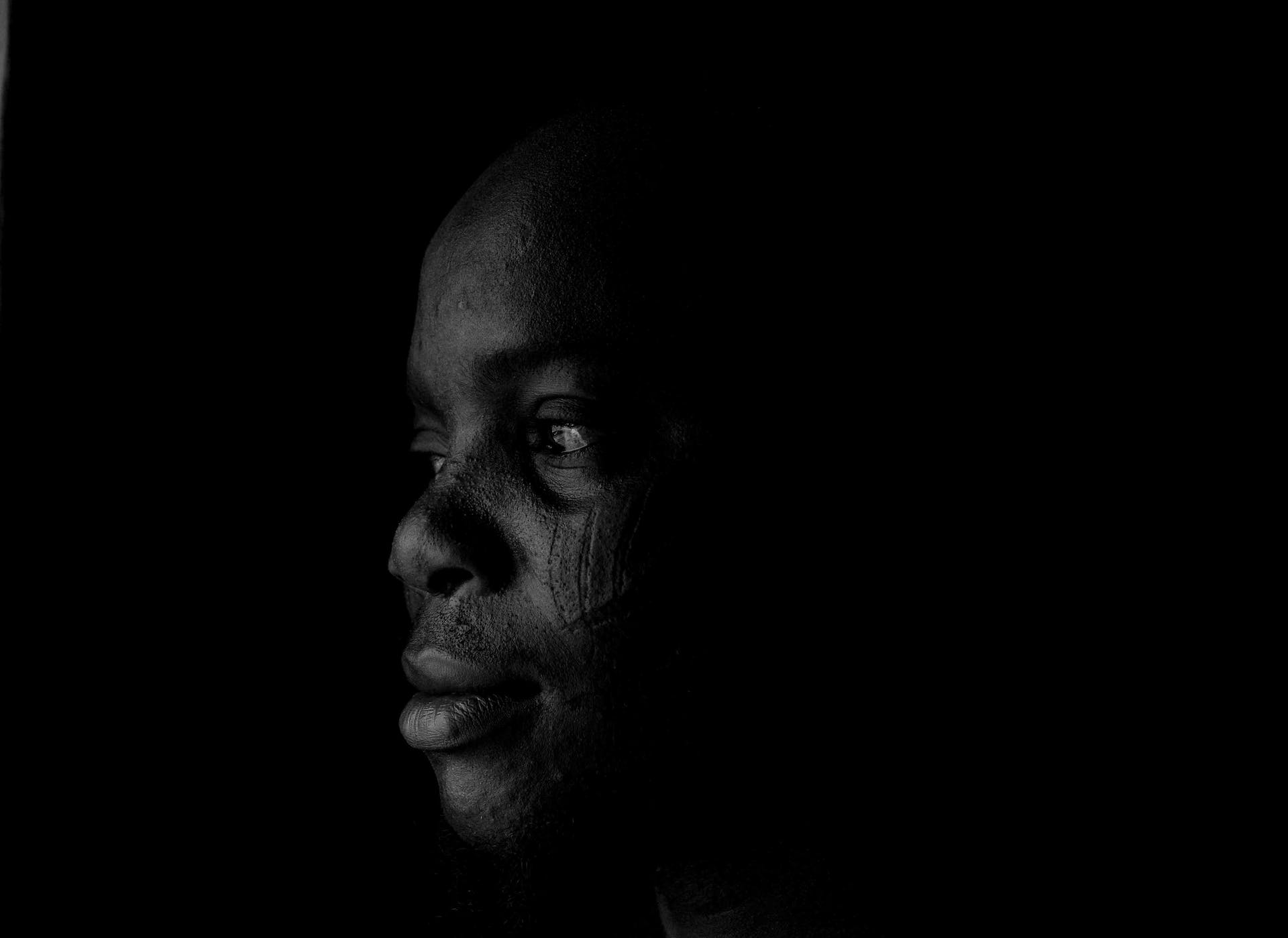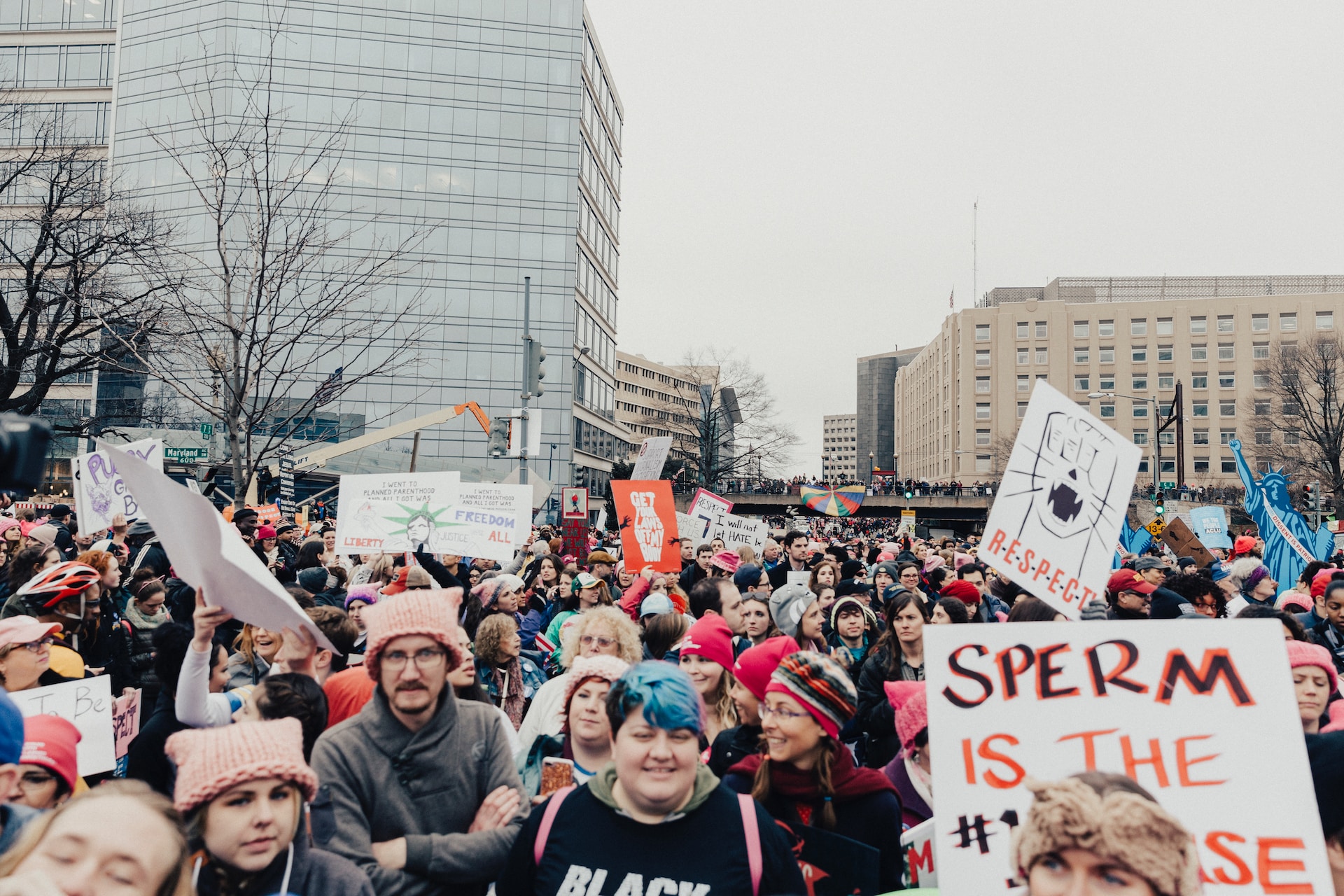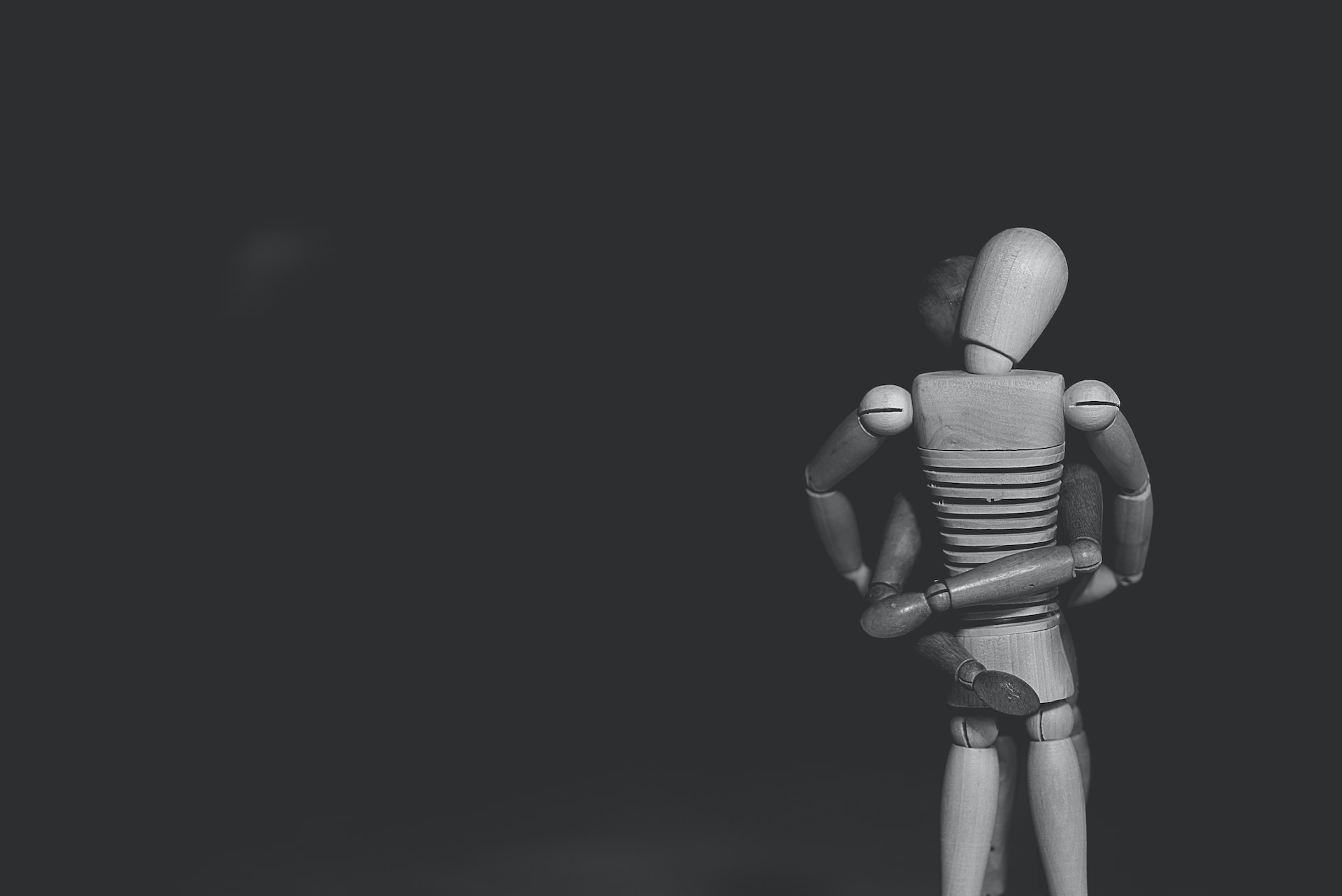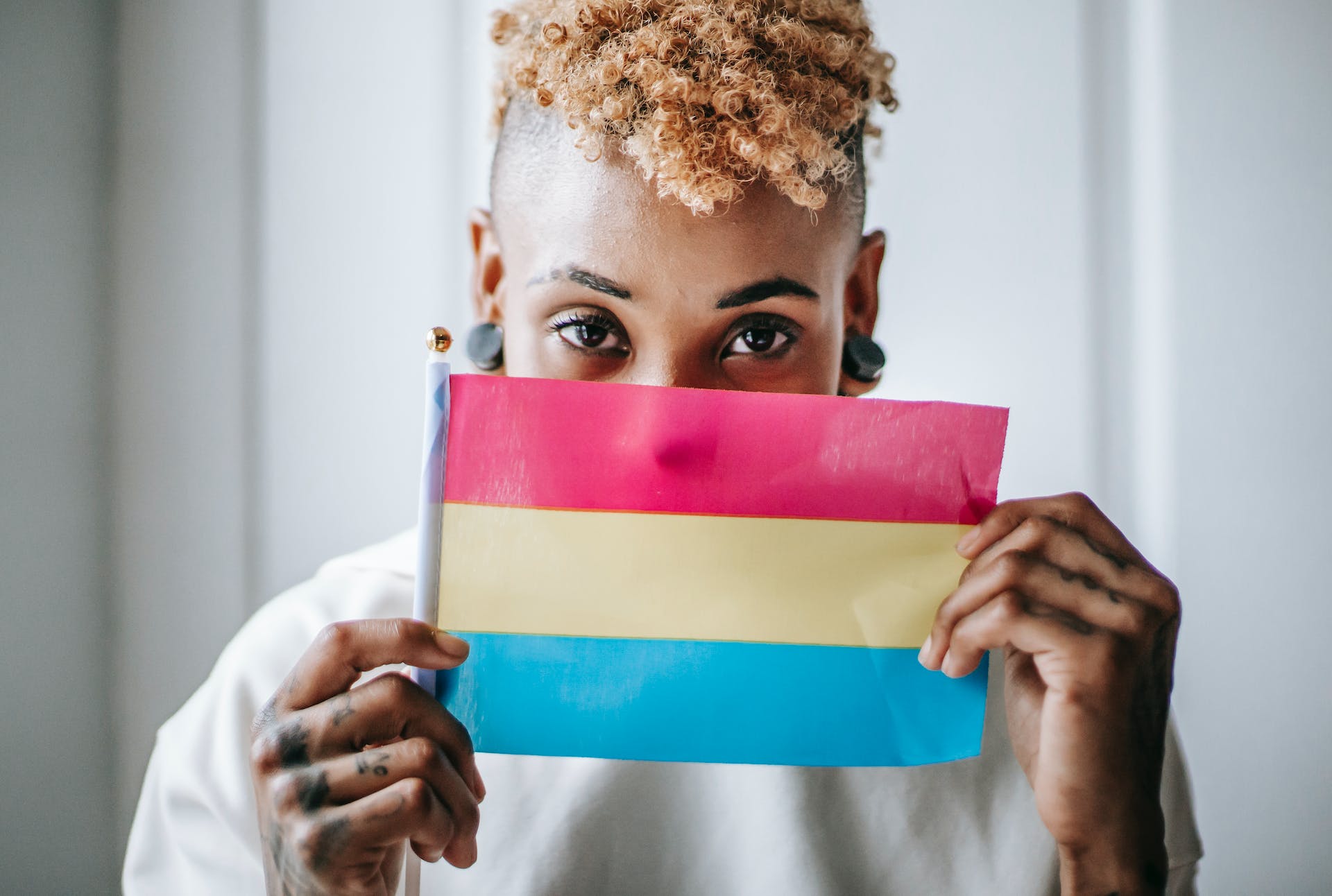Persistent Violence Against Trans and Gender-Diverse People Highlighted in TGEU Report as Trans Awareness Week Commences

As Trans Awareness Week kicks off, a new report from Transgender Europe (TGEU) sheds light on the ongoing and distressing pattern of violence targeting transgender and gender-diverse individuals. Despite advancements in transgender rights, the number of murders remains alarmingly high, with no indication of decline.
Global and Regional Overview
The report reveals that globally, over 320 trans and gender-diverse people have been reported murdered between October 2022 and September 2023. This figure is expected to exceed the total count of the previous year. In Europe, there have been 16 such murders, reflecting the global scope of this issue. This year marks the first time that Armenia, Belgium, and Slovakia have reported murders of transgender individuals.
Challenges in Accurate Reporting
TGEU suggests that these statistics likely fall short of the actual figures, as many trans and gender-diverse victims are not correctly identified in death reports. The higher reported numbers in Latin America and the Caribbean are attributed to more effective monitoring systems, hinting at a potentially larger hidden crisis in regions with less thorough reporting.
Work, Race, and Violence
Globally, nearly half of the murdered trans individuals, where occupation data is available, were engaged in sex work. This figure rises to 78% in Europe. Additionally, there’s been a 15% increase in racially motivated murders compared to the previous year, predominantly affecting Black trans women and transfeminine individuals.

Youth and Migrants at Risk
Most victims were below the age of 25. In Europe, nearly half of the murdered trans individuals were migrants or refugees, underlining their increased risk, especially in areas of conflict.
Multiple Layers of Discrimination
The report underscores that these murders stem from a complex mix of factors, including lack of adequate hate crime laws, insufficient access to health care, housing, and employment, and widespread institutional discrimination. The high number of trans women of color and trans sex workers, especially those who are migrants or refugees in Europe, highlights the overlap of misogyny, racism, xenophobia, and discrimination against sex workers.
Ubiquitous Threat
The study indicates that 28% of the murders occurred on the streets, and 26% in the victims’ own homes, pointing to the ubiquitous risks faced by trans and gender-diverse individuals in both public and private settings.
Urgent Need for Awareness and Measures
TGEU stresses that these figures represent just a portion of the actual scenario, with many incidents going unreported or unnoticed. This grave reality underscores the need for heightened global awareness and proactive steps to tackle the deep-rooted issues contributing to such extensive violence against the transgender community.
©equalityvoices.org










